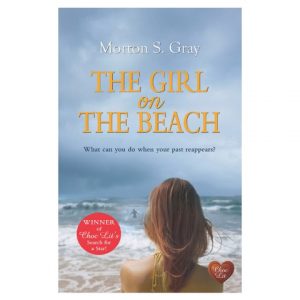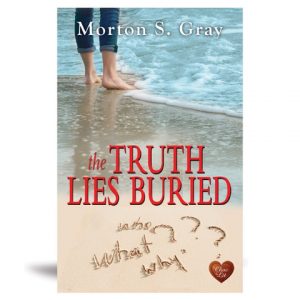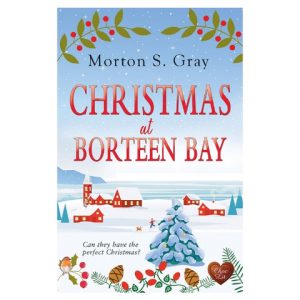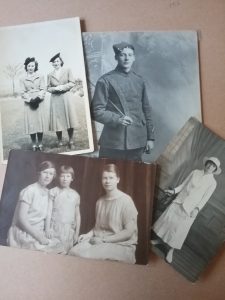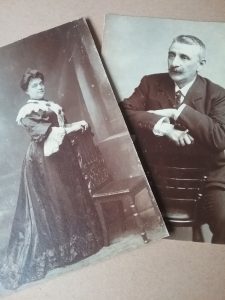In France, 1 April is known as Poisson d’Avril and according to the internet (so it may not be true at
Hi Rosie and thanks for inviting me to your blog today. I know it’s April Fool’s Day today, but my book choices are genuine despite the title of the first one!
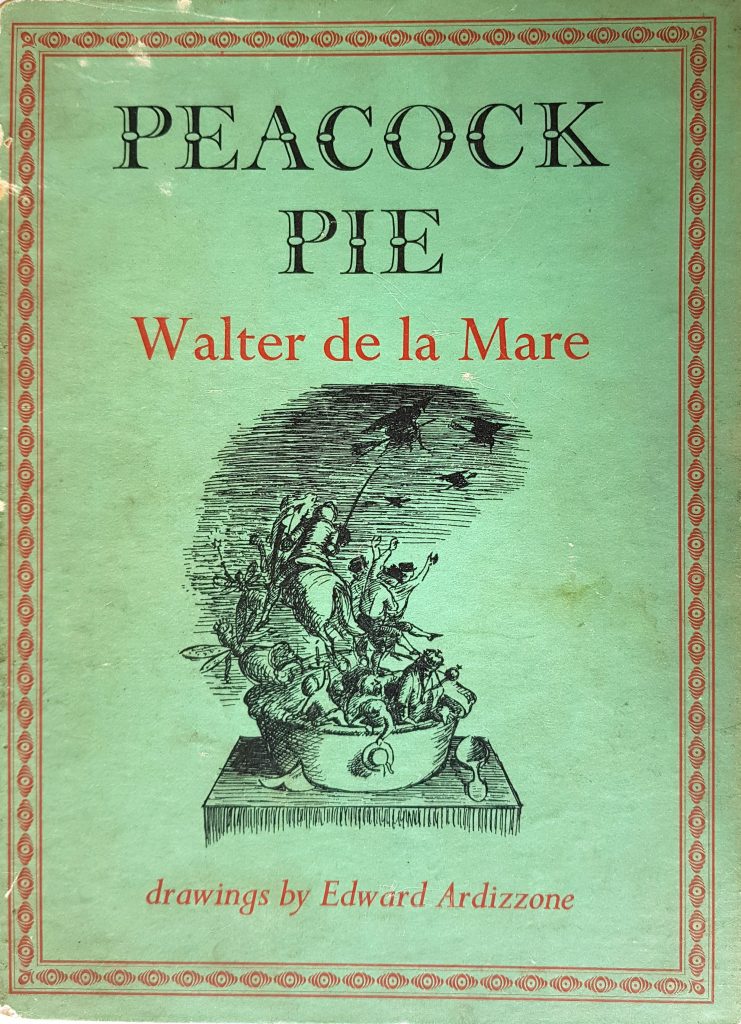
Peacock Pie by Walter de la Mare – This book, published in 1946, wasn’t bought for, or by, me. But it has been in the family home ever since I can remember. I love it because some of my earliest experiences on stage are wrapped up in it. As I flicked through the pages when I picked it off my shelf, I had to stop at ‘Silver’. Before I’d even looked at the page properly I found myself reciting the first stanza :
Slowly, silently, now the moon
Walks the night in her silver shoon;
This way, and that, she peers, and sees
Silver fruit upon silver trees…
I was surprised that I could still remember the lines. I was 6 when I first recited it for a poetry speaking competition and took 3rd prize. Later I had to learn ‘The Bees’ Song’ and a couple of years after that, ‘The Listeners’. It reminds me of the unencumbered bliss of being a child
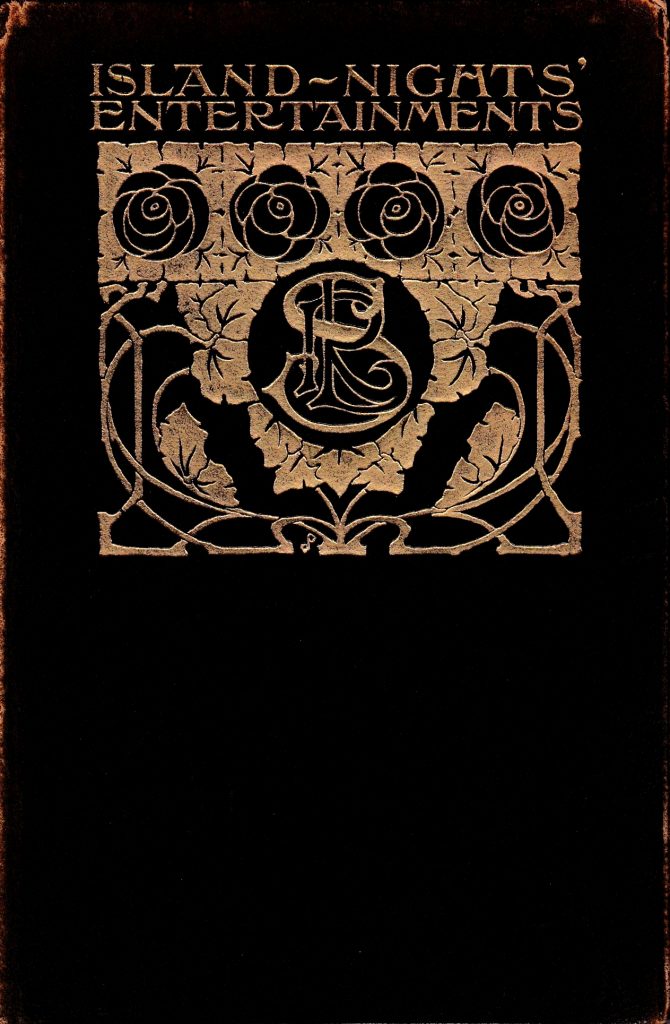
Island-Nights’ Entertainments by Robert Louis Stevenson – I discovered this little gem, published in 1907 and leather bound, in a box of books in a junk shop whilst on holiday with my parents. It cost very little from my holiday money and, once I’d started reading it, I couldn’t put it down. This and some of the poems I had to learn for Mrs Burns – my speech and drama teacher – probably turned me into the RLS groupie that I am today. Stevenson has been with me all my life and I have just about everything he wrote, some stories in more than one edition! I know that, at times of great stress or difficulty, I can pick one of his books from my shelves and become lost for a while in the magic.
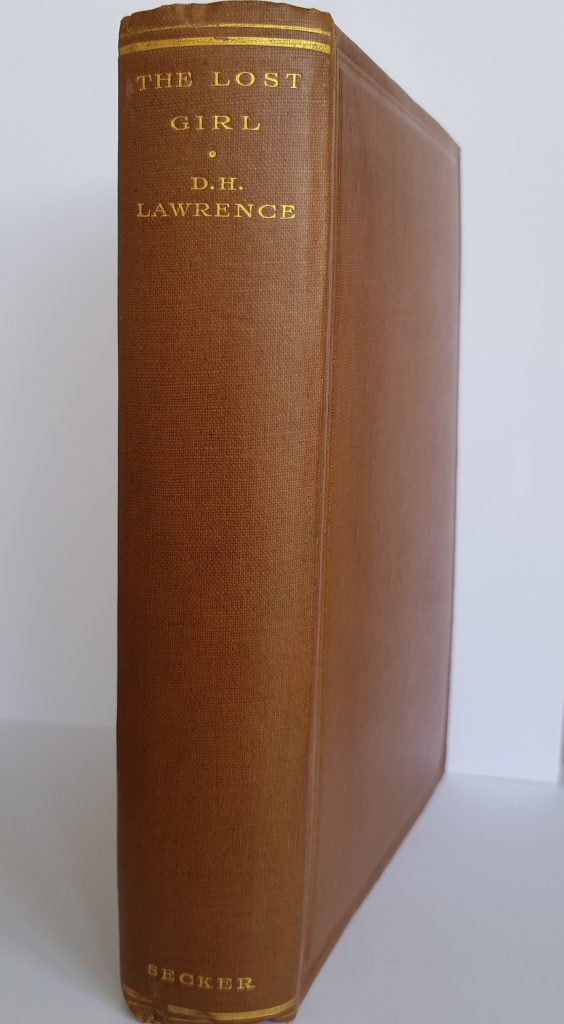
The Lost Girl by DH Lawrence– I came across my first copy of this book (the one in the pic is the first edition I bought later) as a
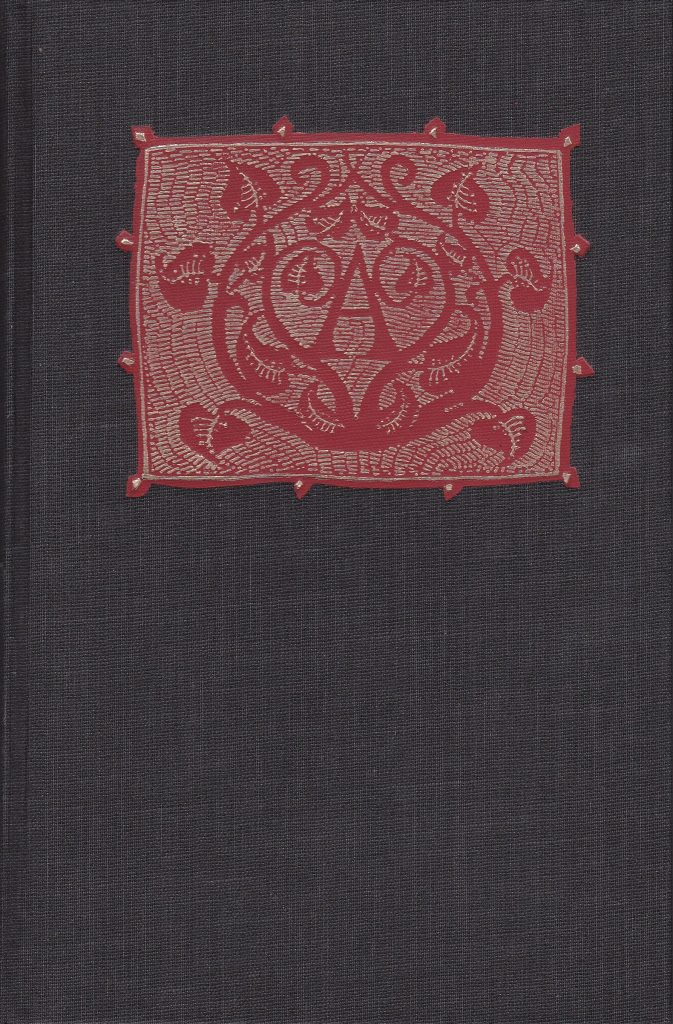
The Scarlet Letter by Nathaniel Hawthorn – I studied this book for my English exams at school and was not especially impressed. I came across this copy in a bookshop in my thirties and decided to read it again. Realising I had missed so much of the essence of the writing, and the skill of the writer, I started to build a collection of Hawthorn’s books. I have copies of his adult and children’s books – some of them very fine editions. It was Hawthorn, I think, that turned me into the true book collector that I am now. It was also Hawthorn that taught me that a book is for the words and that there will never be enough of them.
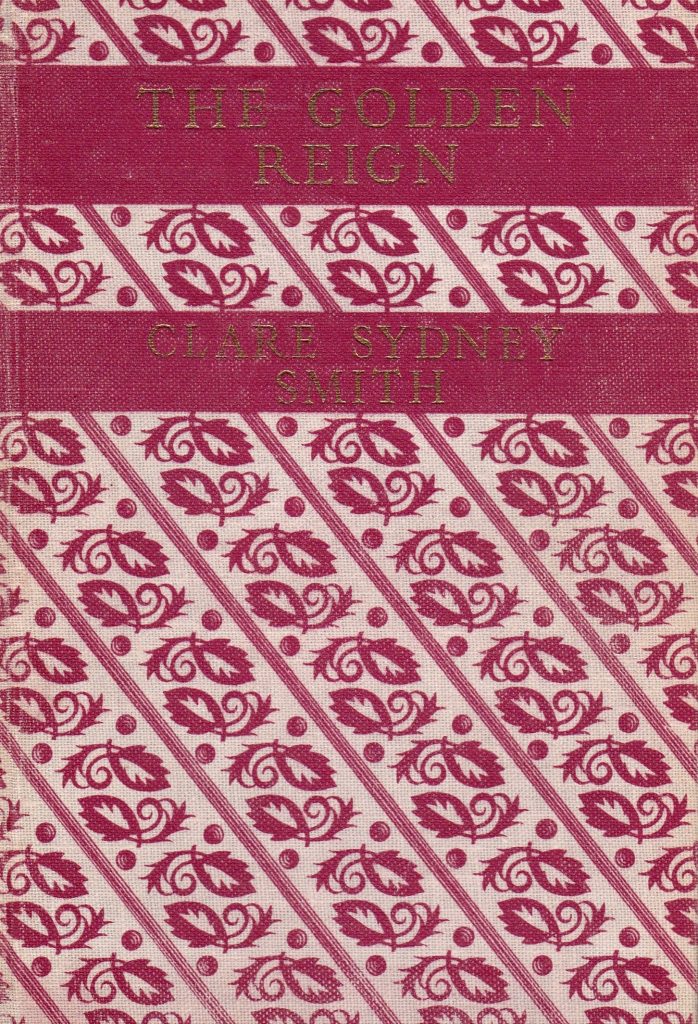
The Golden Reign by Clare Sydney Smith – Published in 1949 this little volume charts the life of T. E Lawrence following his return from Arabia until his death in May 1935 whilst serving in the RAF under the pseudonym of T. E. Shaw. Written by the wife of his commanding officer it charts the friendship that developed between Mrs Clare Sydney-Smith and Lawrence through their letters, her remembered conversations, and some diary entries. As a memoir it is one of the most fascinating I have ever read and I came across it by accident. The foreword, written by Lawrence’s mother, states that the title was ‘his own name for the happy time’ he spent with the Sydney-Smiths. Considering his vilification following his return to the UK, this book presents a picture of a very different man.
Bio
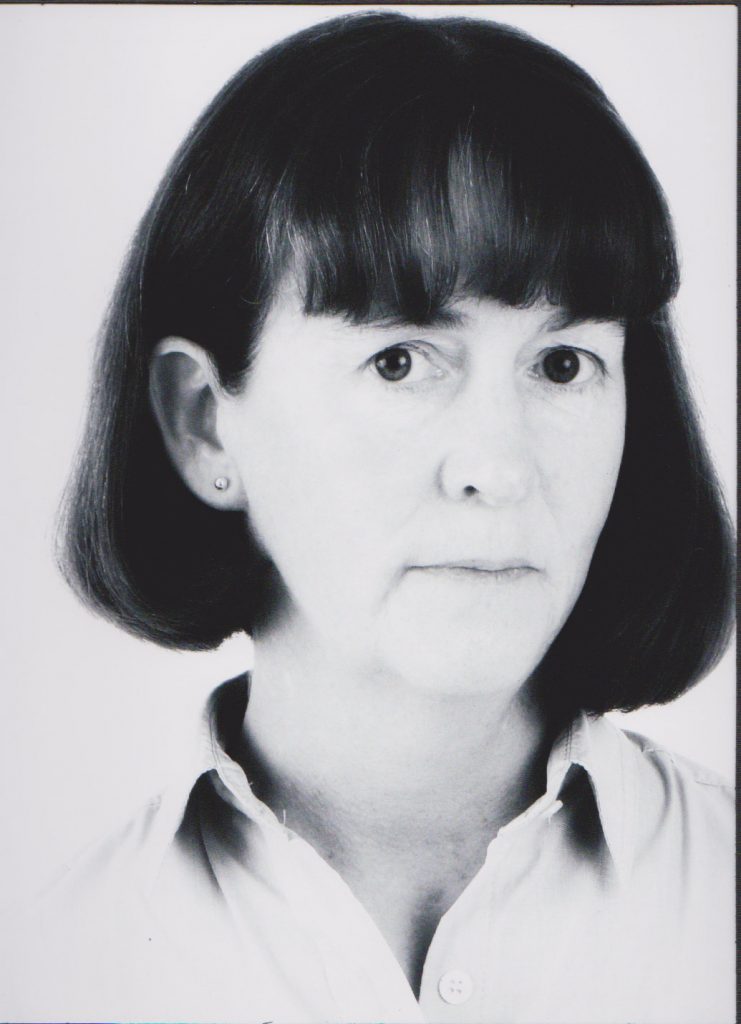
Having followed a career in Project and Business Change Management, I now work as an Actor and Director at a local theatre. I’ve been writing, in a serious way, since 2010. My work in project management has always involved drafting, so writing, in its various forms, has been a significant feature throughout my adult life.
I particularly enjoy the challenge of plotting and planning different genres of work. My short stories vary between contemporary romance, memoir, mystery and historical. I also write comic flash-fiction and have drafted two one-act plays that have been recorded for local radio. The majority of my stories are set in France where I like to spend as much time as possible each year.
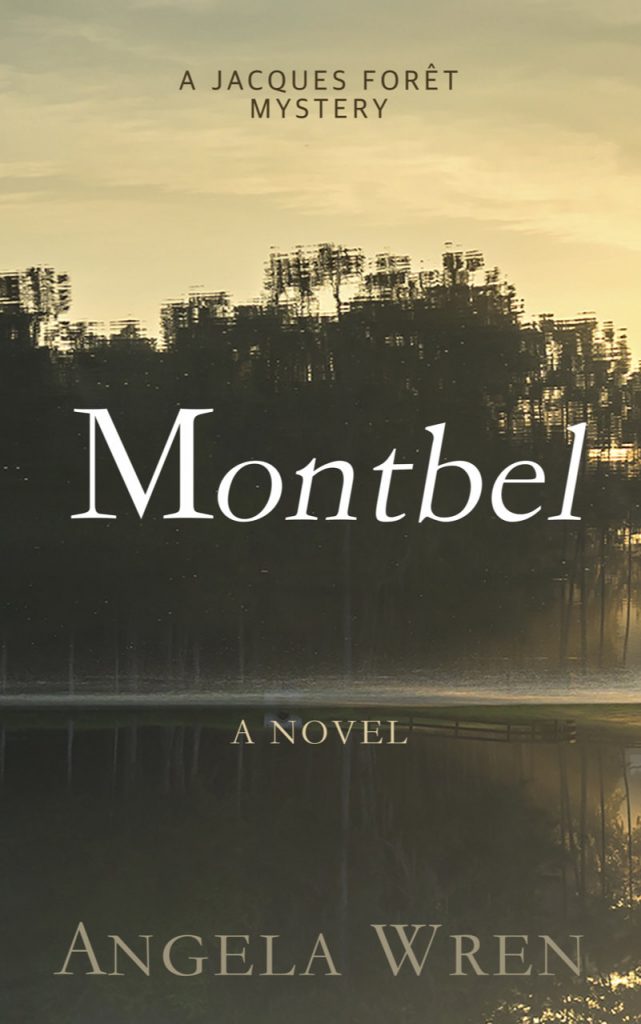
Blurb for Montbel (Jacques Forêt Mystery #3)
A clear-cut case?
A re-examination of a closed police case brings investigator, Jacques Forêt, up against an old adversary. After the murder of a key witness, Jacques finds himself, and his team, being pursued.
When a vital piece of evidence throws a completely different light on Jacques’ case, his adversary becomes more aggressive, and Investigating Magistrate Pelletier threatens to sequester all of Jacques papers and shut down the investigation.
Can Jacques find all the answers before Pelletier steps in?
Links
Amazon : AngelaWren
Website : www.angelawren.co.uk
Blog : www.jamesetmoi.blogspot.com
Facebook : Angela Wren
Twitter : Angela Wren
Goodreads : Angela Wren
Contact an author : Angela Wren
Thank you very much
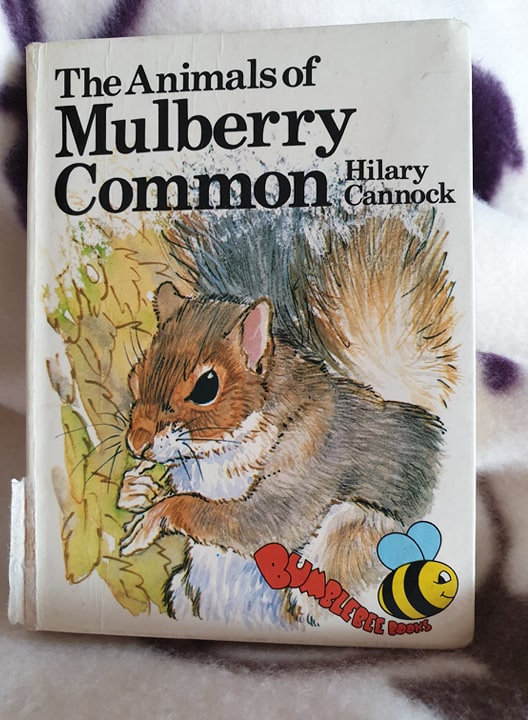
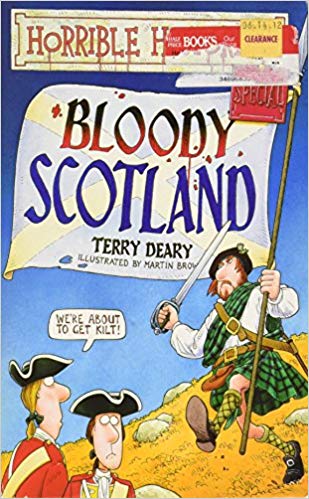
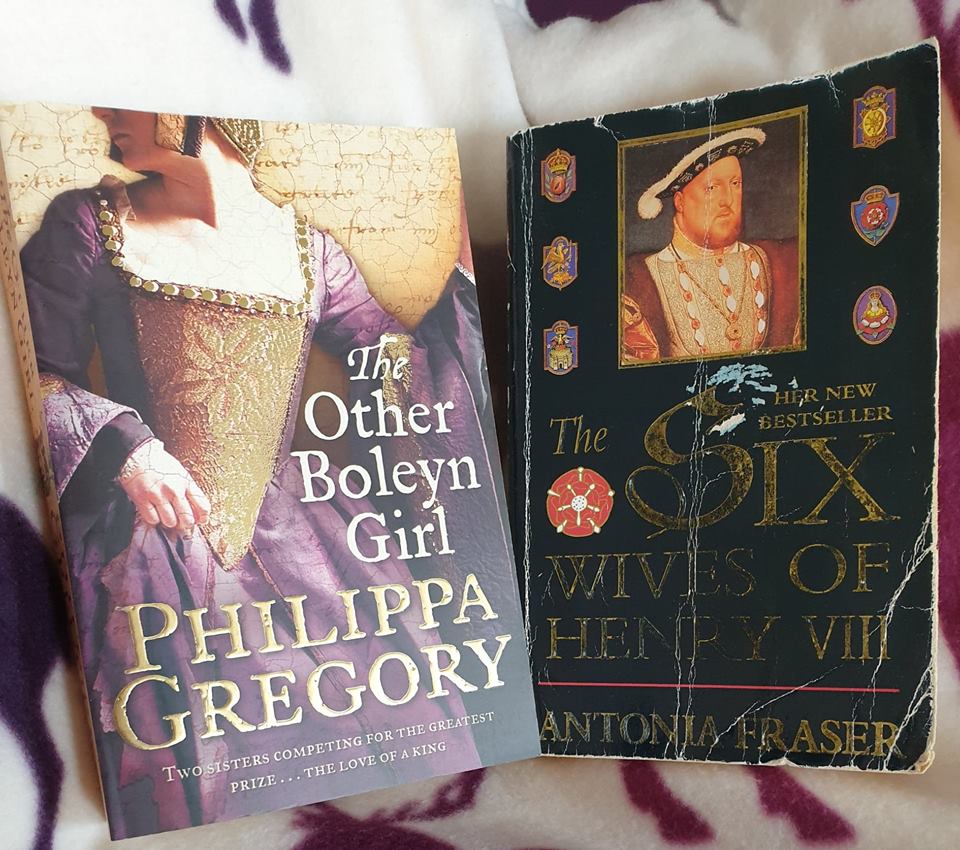
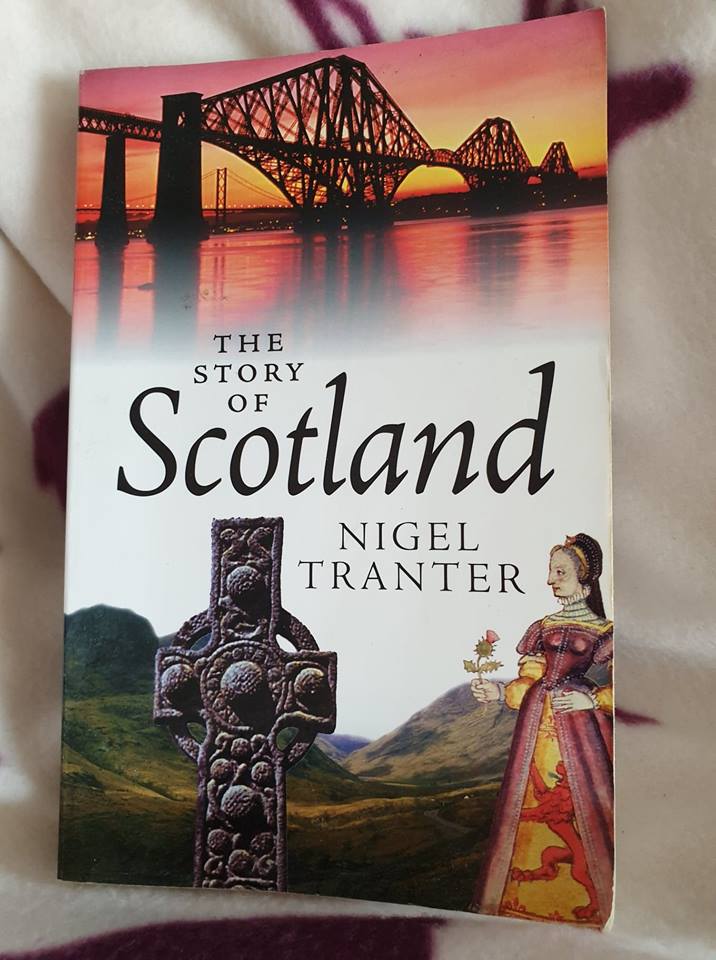

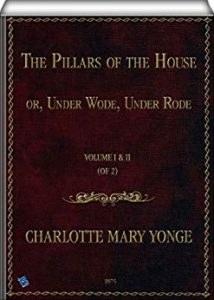 Pillars of the House – Charlotte M Yonge
Pillars of the House – Charlotte M Yonge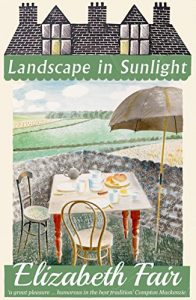 Landscape in Sunlight – Elizabeth Fair
Landscape in Sunlight – Elizabeth Fair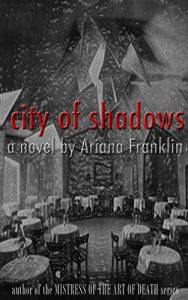 City of Shadows – Ariana Franklin
City of Shadows – Ariana Franklin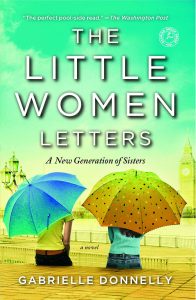 The Little Women Letters – Gabrielle Donnelly
The Little Women Letters – Gabrielle Donnelly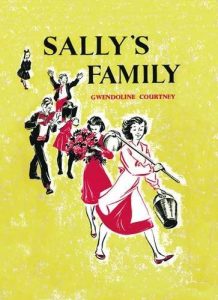 Sally’s Family – Gwendoline Courtney
Sally’s Family – Gwendoline Courtney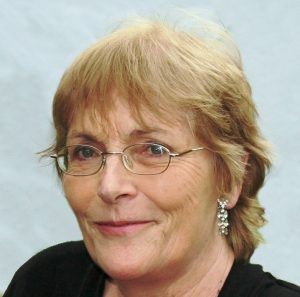
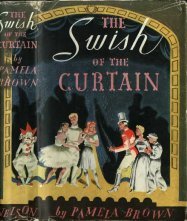 The Swish of the Curtain by Pamela Brown
The Swish of the Curtain by Pamela Brown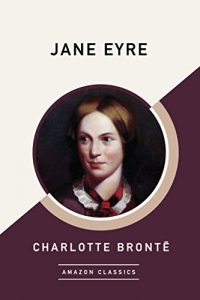 Jane Eyre by Charlotte Bronte
Jane Eyre by Charlotte Bronte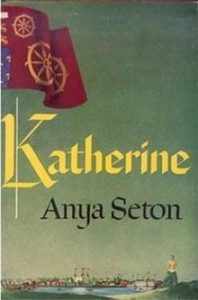 Katherine by Anya Seton
Katherine by Anya Seton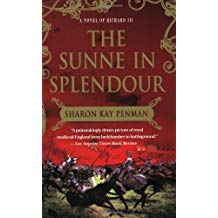 The Sunne in Spendour by Sharon Kay Penman
The Sunne in Spendour by Sharon Kay Penman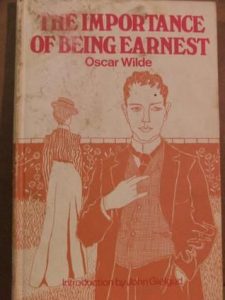 The Importance of Being Earnest by Oscar Wilde
The Importance of Being Earnest by Oscar Wilde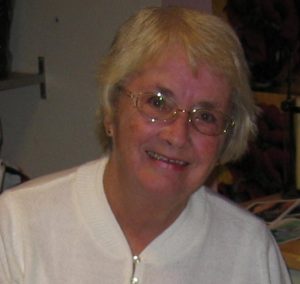 Paula Martin lives near Manchester in North West England and has two daughters and two grandsons.
Paula Martin lives near Manchester in North West England and has two daughters and two grandsons.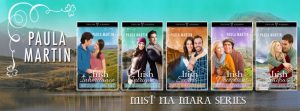
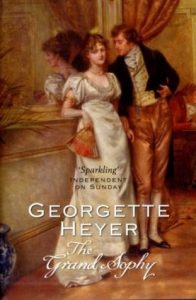 The Grand Sophy, by Georgette Heyer
The Grand Sophy, by Georgette Heyer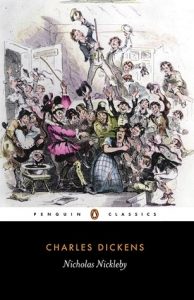 Nicholas Nickleby, by Charles Dickens
Nicholas Nickleby, by Charles Dickens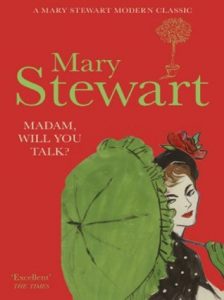 Madam, Will You Talk?, by Mary Stewart
Madam, Will You Talk?, by Mary Stewart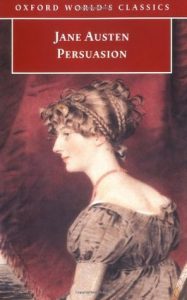 Persuasion, by Jane Austen
Persuasion, by Jane Austen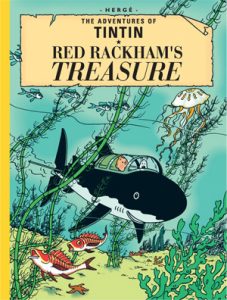 Red Rackham’s Treasure, by Hergé
Red Rackham’s Treasure, by Hergé
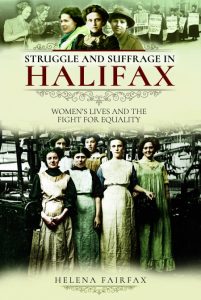
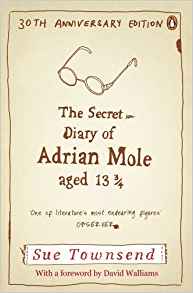 The Secret Diary of Adrian Mole Aged 13 ¾ by Sue Townsend.
The Secret Diary of Adrian Mole Aged 13 ¾ by Sue Townsend.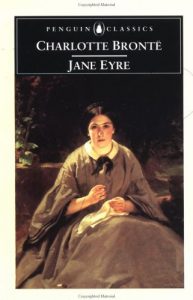 Jane Eyre by Charlotte Bronte.
Jane Eyre by Charlotte Bronte.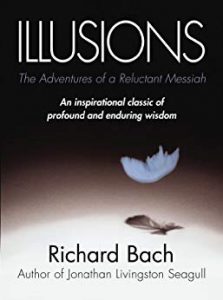 Illusions: The Adventures of a Reluctant Messiah by Richard Bach.
Illusions: The Adventures of a Reluctant Messiah by Richard Bach.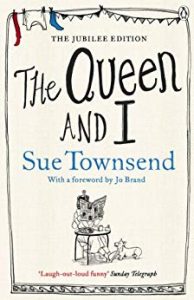 The Queen and I by Sue Townsend.
The Queen and I by Sue Townsend.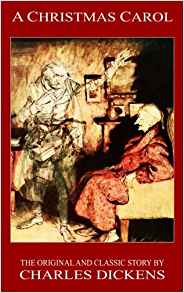 A Christmas Carol by Charles Dickens
A Christmas Carol by Charles Dickens About Sharon
About Sharon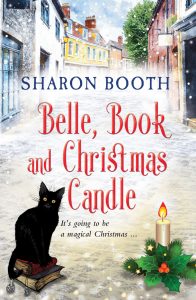
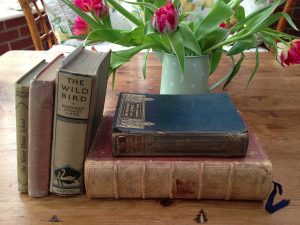
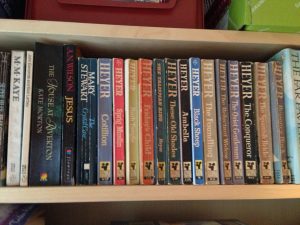
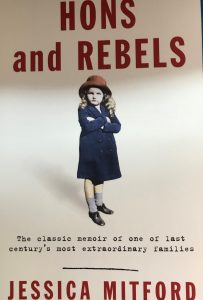
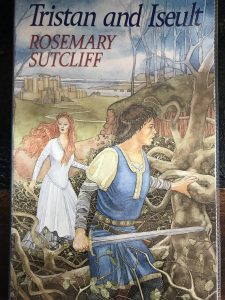
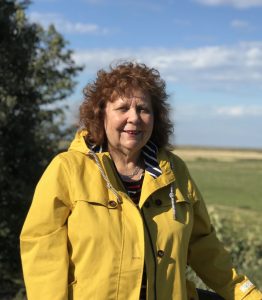
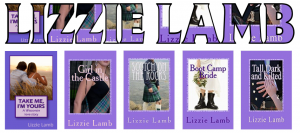
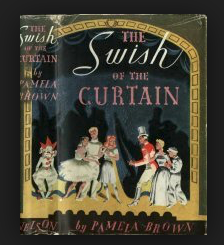 The first is The Swish Of The Curtain by Pamela Brown. It concerns a group of children who set up their own theatrical company – The Blue Doors. There are follow up books, but it’s the first that tops the list. As a child with a desperate desire to be an actress, this spoke to me in spades, and I can’t remember how many times I read it.
The first is The Swish Of The Curtain by Pamela Brown. It concerns a group of children who set up their own theatrical company – The Blue Doors. There are follow up books, but it’s the first that tops the list. As a child with a desperate desire to be an actress, this spoke to me in spades, and I can’t remember how many times I read it.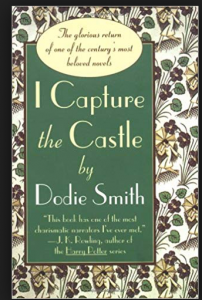 The second is I Capture The Castle by Dodie Smith, given to me at the age of twelve by friends of my parents who belonged to a book club. I got all their cast offs… The first line out-Rebeccas Rebecca in my opinion: “I write this sitting in the kitchen sink…” A journal, written in three different exercise books by a seventeen year old girl. Thoroughly immersive, romantic and inspirational. How many girls started journals as a result of reading this book? I did. I even used Dodie Smith as the subject of a thesis at university.
The second is I Capture The Castle by Dodie Smith, given to me at the age of twelve by friends of my parents who belonged to a book club. I got all their cast offs… The first line out-Rebeccas Rebecca in my opinion: “I write this sitting in the kitchen sink…” A journal, written in three different exercise books by a seventeen year old girl. Thoroughly immersive, romantic and inspirational. How many girls started journals as a result of reading this book? I did. I even used Dodie Smith as the subject of a thesis at university.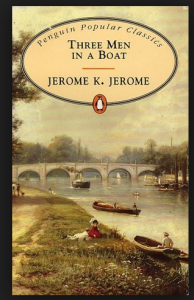 The third is Three Men in a Boat, by Jerome K Jerome. My father had a copy, which I inherited, and now have two more of my own. My parents and I used to read passages out loud to one another and end up in paroxisms of laughter. I am delighted to say that my own adult children still do that – from choice! Amazing. Written in 1889, the language is surprisingly modern, and aficionados only have to say “The Cheese!” or “Uncle Podger!” to one another to be lost in helpless mirth.
The third is Three Men in a Boat, by Jerome K Jerome. My father had a copy, which I inherited, and now have two more of my own. My parents and I used to read passages out loud to one another and end up in paroxisms of laughter. I am delighted to say that my own adult children still do that – from choice! Amazing. Written in 1889, the language is surprisingly modern, and aficionados only have to say “The Cheese!” or “Uncle Podger!” to one another to be lost in helpless mirth.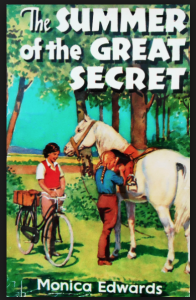 The final two are both series, from which I can’t single out one book. Monica Edwards’ Romney Marsh series, better known as the Tamsin and Rissa books have a lot to do with my now writing a series about a group of friends. The first I was given was the Summer of the Great Secret, about the Kent Coast, smuggling and –Ponies! That was the other love of my life, although I wrote a lot as well, but that was just something you did, not a great ambition. When I managed to fracture my pelvis two years ago, I re-read the entire series – and, incidentally all the others mentioned here.
The final two are both series, from which I can’t single out one book. Monica Edwards’ Romney Marsh series, better known as the Tamsin and Rissa books have a lot to do with my now writing a series about a group of friends. The first I was given was the Summer of the Great Secret, about the Kent Coast, smuggling and –Ponies! That was the other love of my life, although I wrote a lot as well, but that was just something you did, not a great ambition. When I managed to fracture my pelvis two years ago, I re-read the entire series – and, incidentally all the others mentioned here.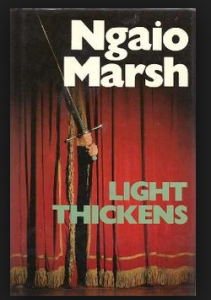 And last, the Ngaio Marsh Roderick Alleyn series. My parents had all her books currently published, and between us we bought each new one as it came out. It started off as a familiar theme – the aristocratic detective, a la Albert Campion and Peter Wimsey. But Alleyn soon developed his own distinct personalility, as did his wife, son and sidekicks. And he moved with the times. The rather grating treatment of “the lower classes” was dropped as attitudes changed. The other thing that particularly chimed with me was that Marsh received her “damery” as she called it, for her services to theatre in New Zealand, and several of her books have a theatrical setting, about which she was incredibly knowledgeable. Marsh is the reason that I now write a mystery series, and I have just re-read her entire canon, beginning to end.
And last, the Ngaio Marsh Roderick Alleyn series. My parents had all her books currently published, and between us we bought each new one as it came out. It started off as a familiar theme – the aristocratic detective, a la Albert Campion and Peter Wimsey. But Alleyn soon developed his own distinct personalility, as did his wife, son and sidekicks. And he moved with the times. The rather grating treatment of “the lower classes” was dropped as attitudes changed. The other thing that particularly chimed with me was that Marsh received her “damery” as she called it, for her services to theatre in New Zealand, and several of her books have a theatrical setting, about which she was incredibly knowledgeable. Marsh is the reason that I now write a mystery series, and I have just re-read her entire canon, beginning to end.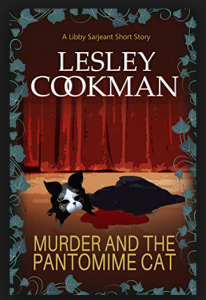
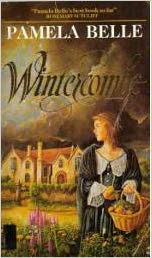 Number One has to be
Number One has to be 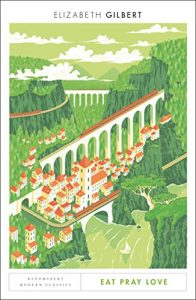 Number Two is Elizabeth Gilbert’s,
Number Two is Elizabeth Gilbert’s, 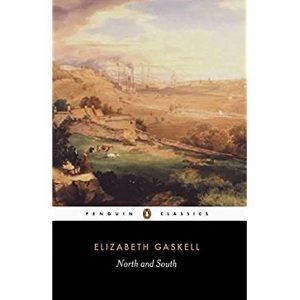 Number Three I decided should be a classic and it was a close run thing whether to choose Pride and Prejudice by Jane Austen, or the one I have chosen, which is
Number Three I decided should be a classic and it was a close run thing whether to choose Pride and Prejudice by Jane Austen, or the one I have chosen, which is 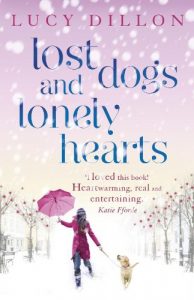 Number Four is
Number Four is 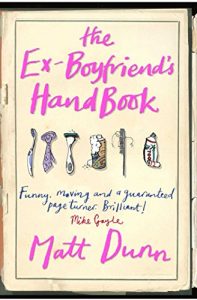 Number Five I’ve chosen because it is the only book I can ever remember giving me so many laughs and I mean absolutely belly laughs! I laughed so much when reading it that my husband and my mother read it too and both laughed just as much. So, if you need more laughter in your life try
Number Five I’ve chosen because it is the only book I can ever remember giving me so many laughs and I mean absolutely belly laughs! I laughed so much when reading it that my husband and my mother read it too and both laughed just as much. So, if you need more laughter in your life try 
